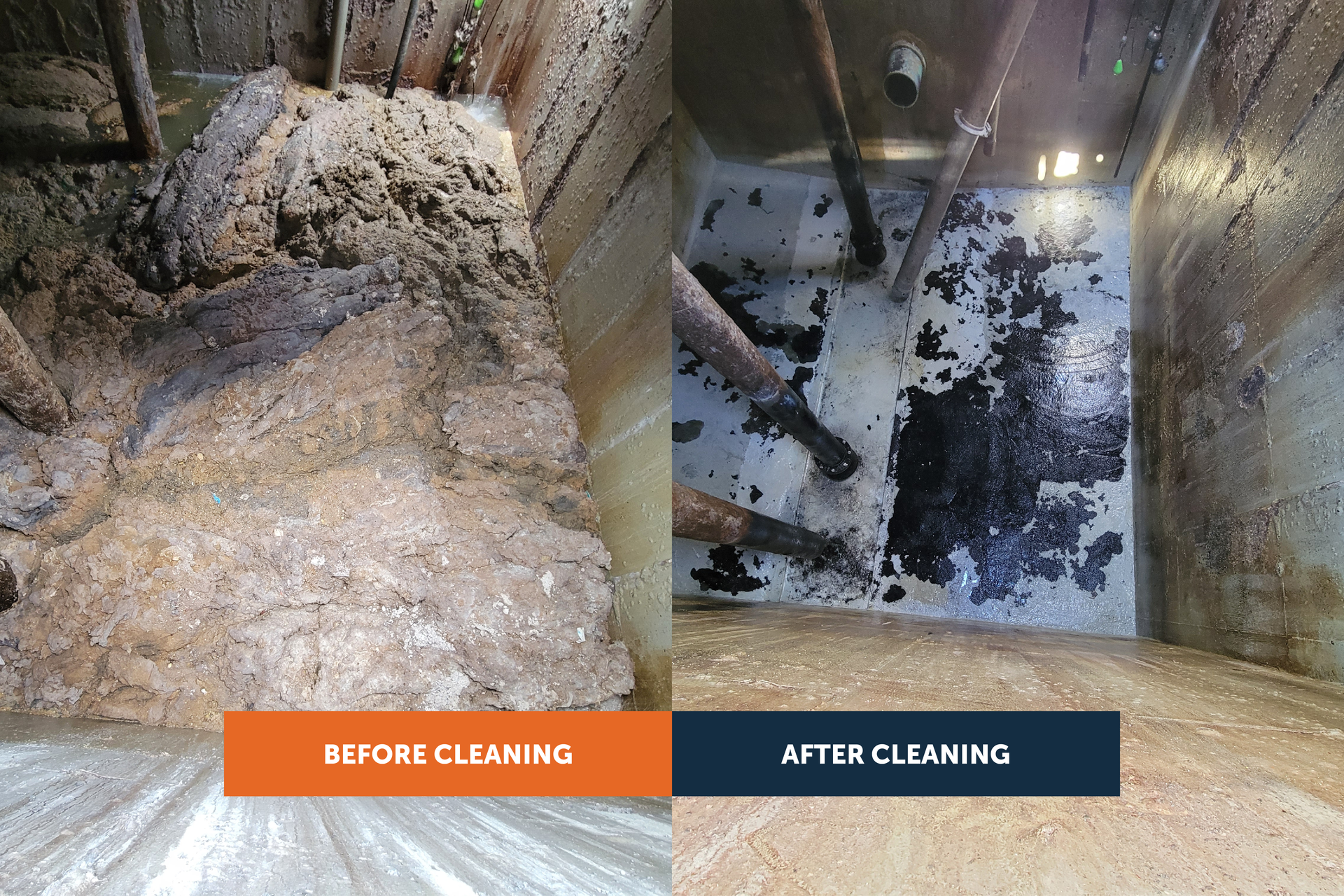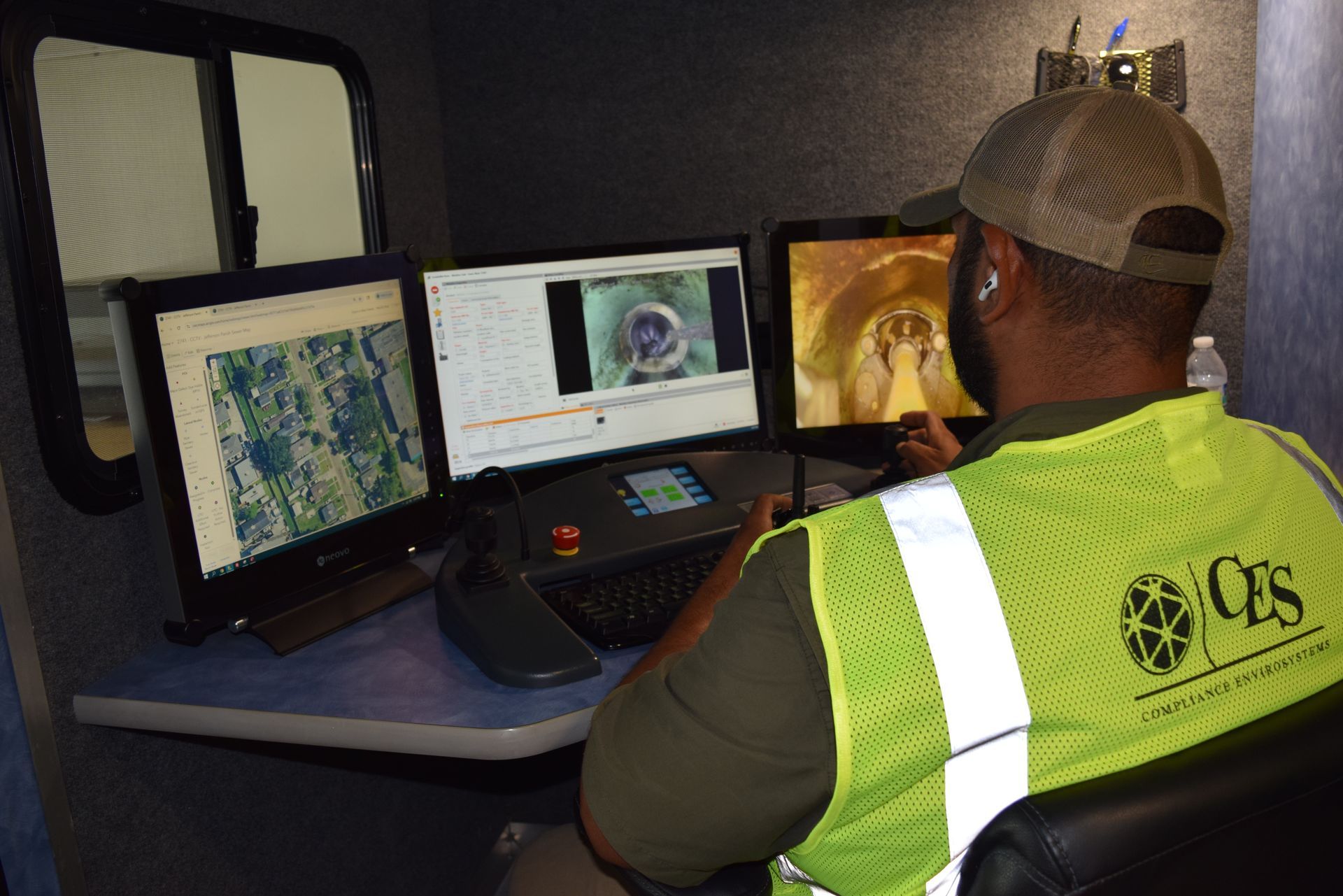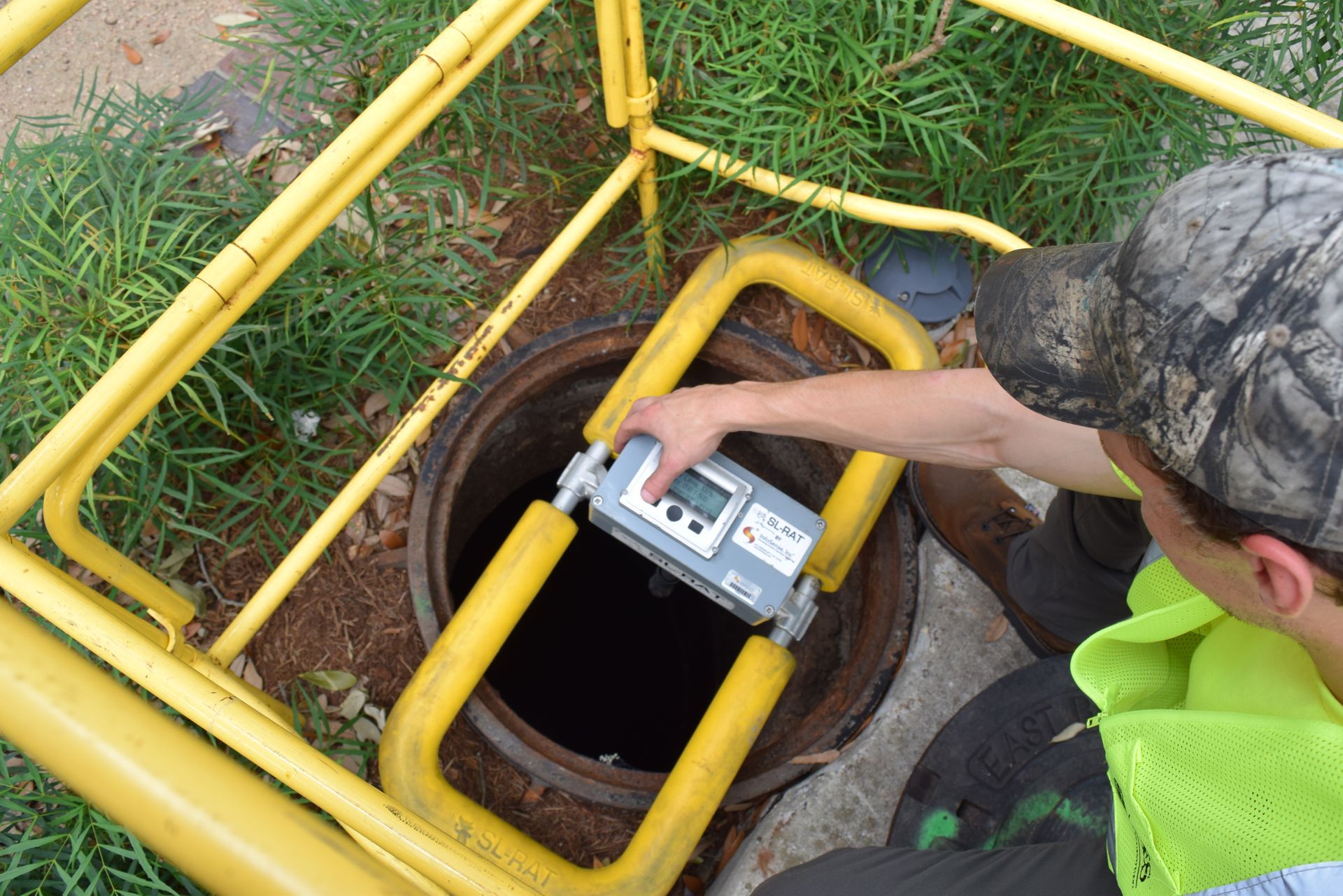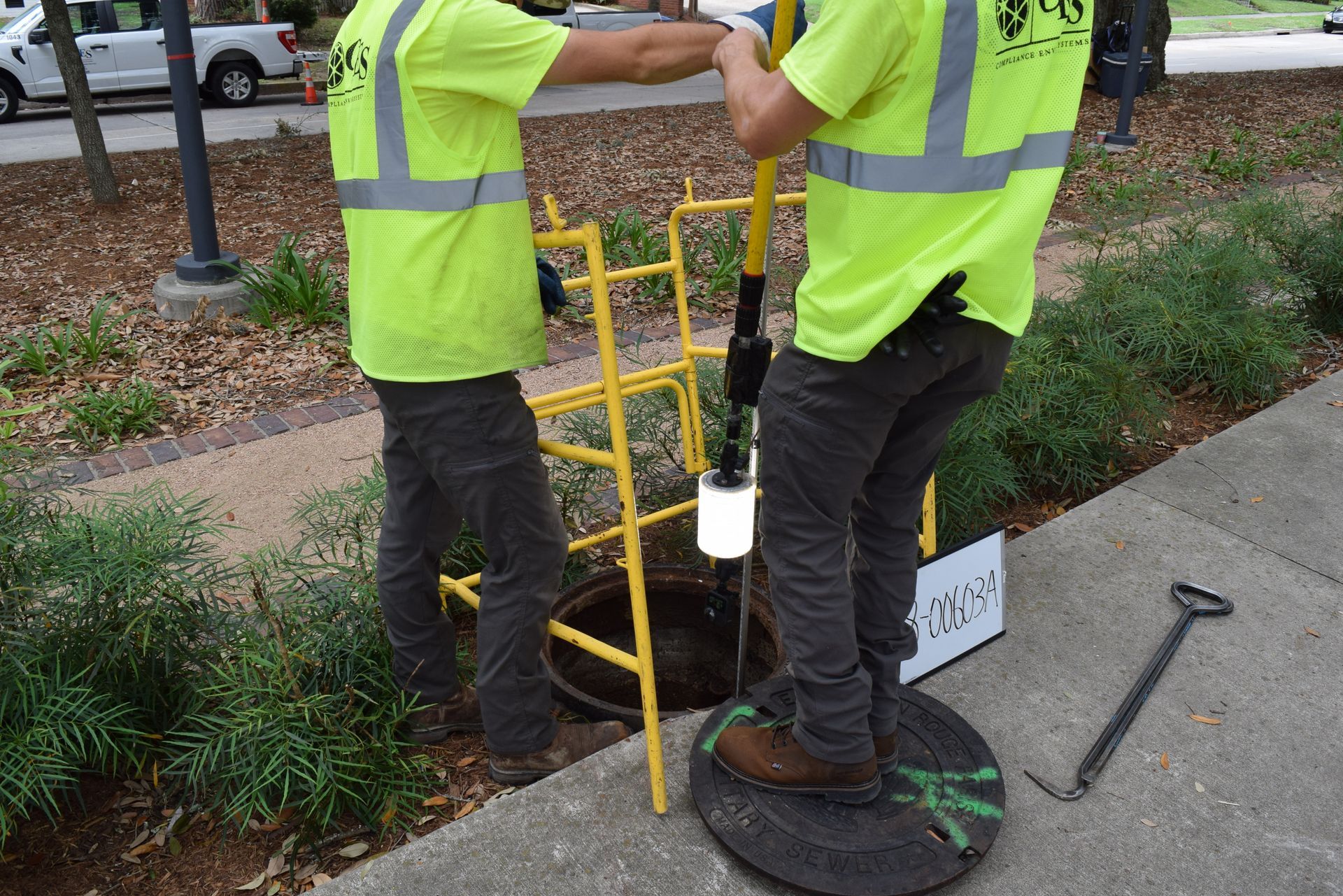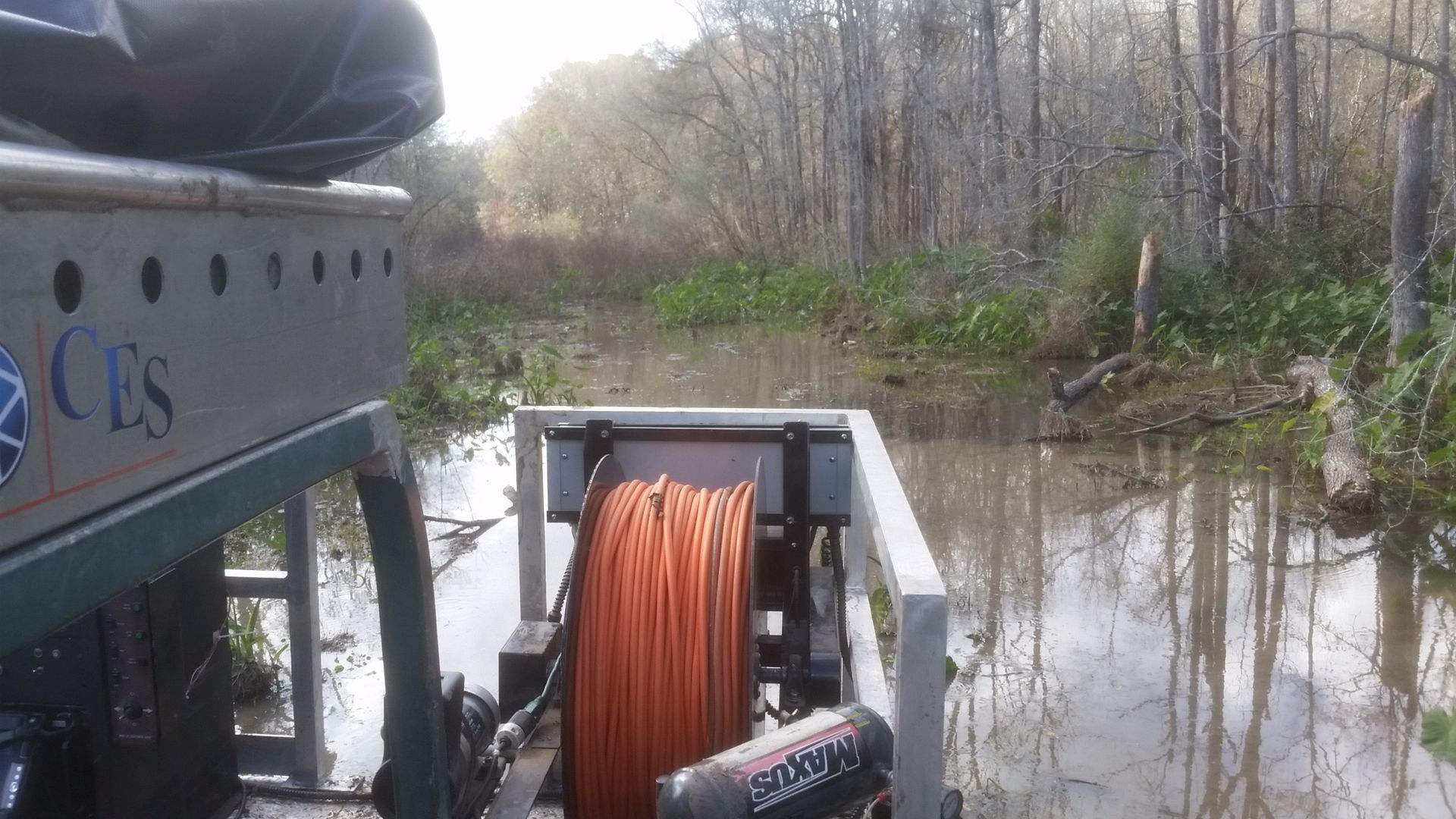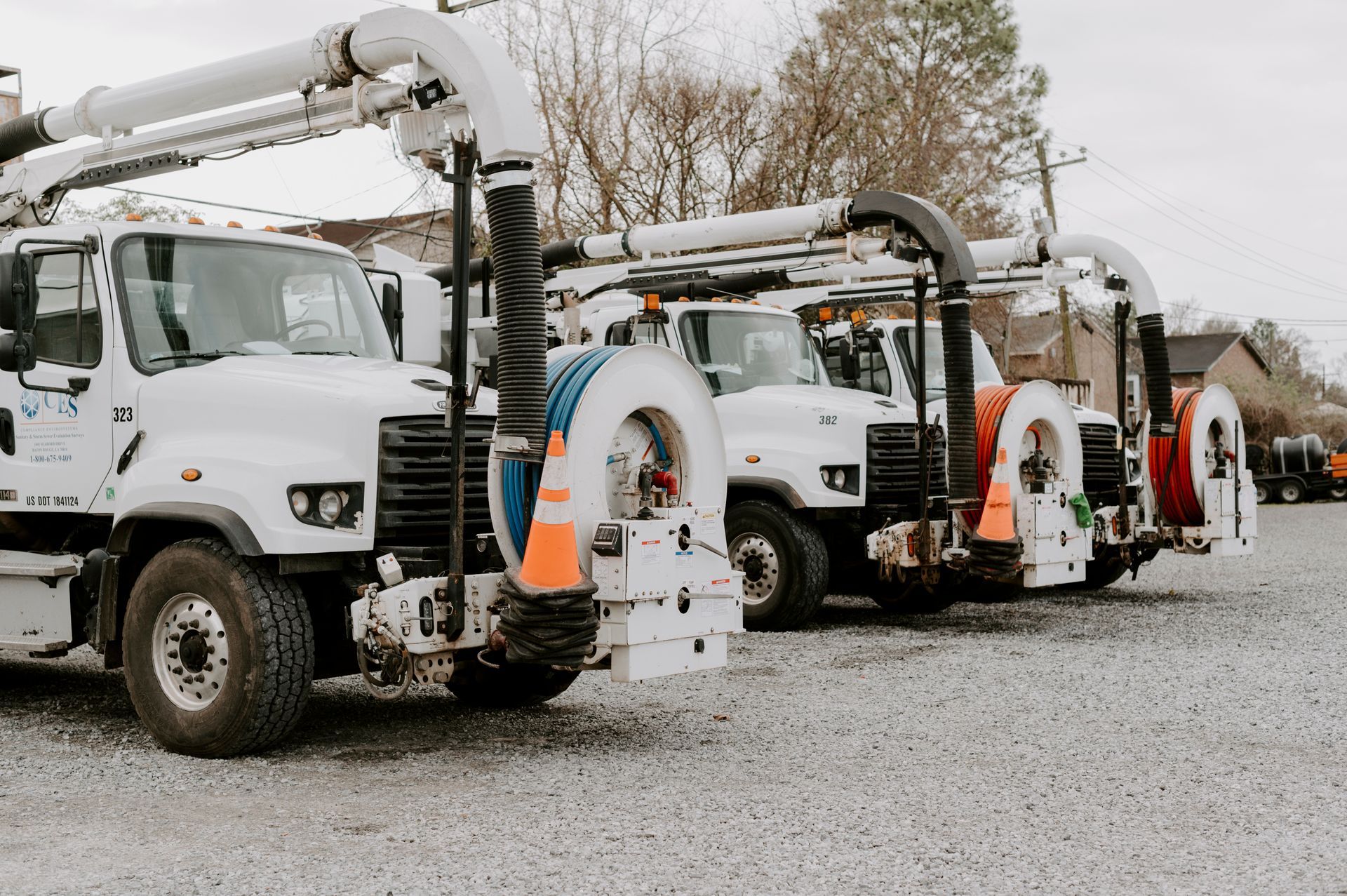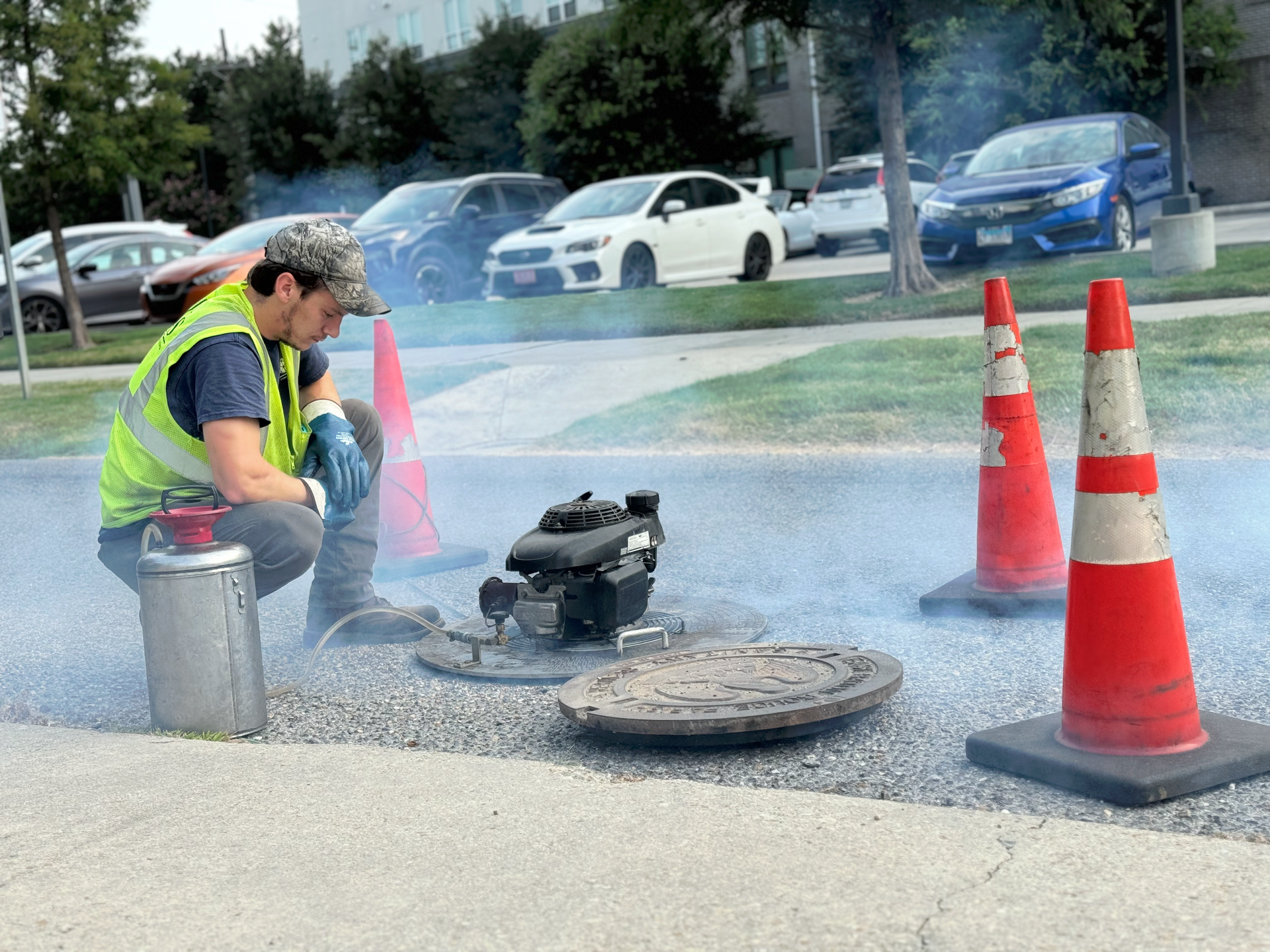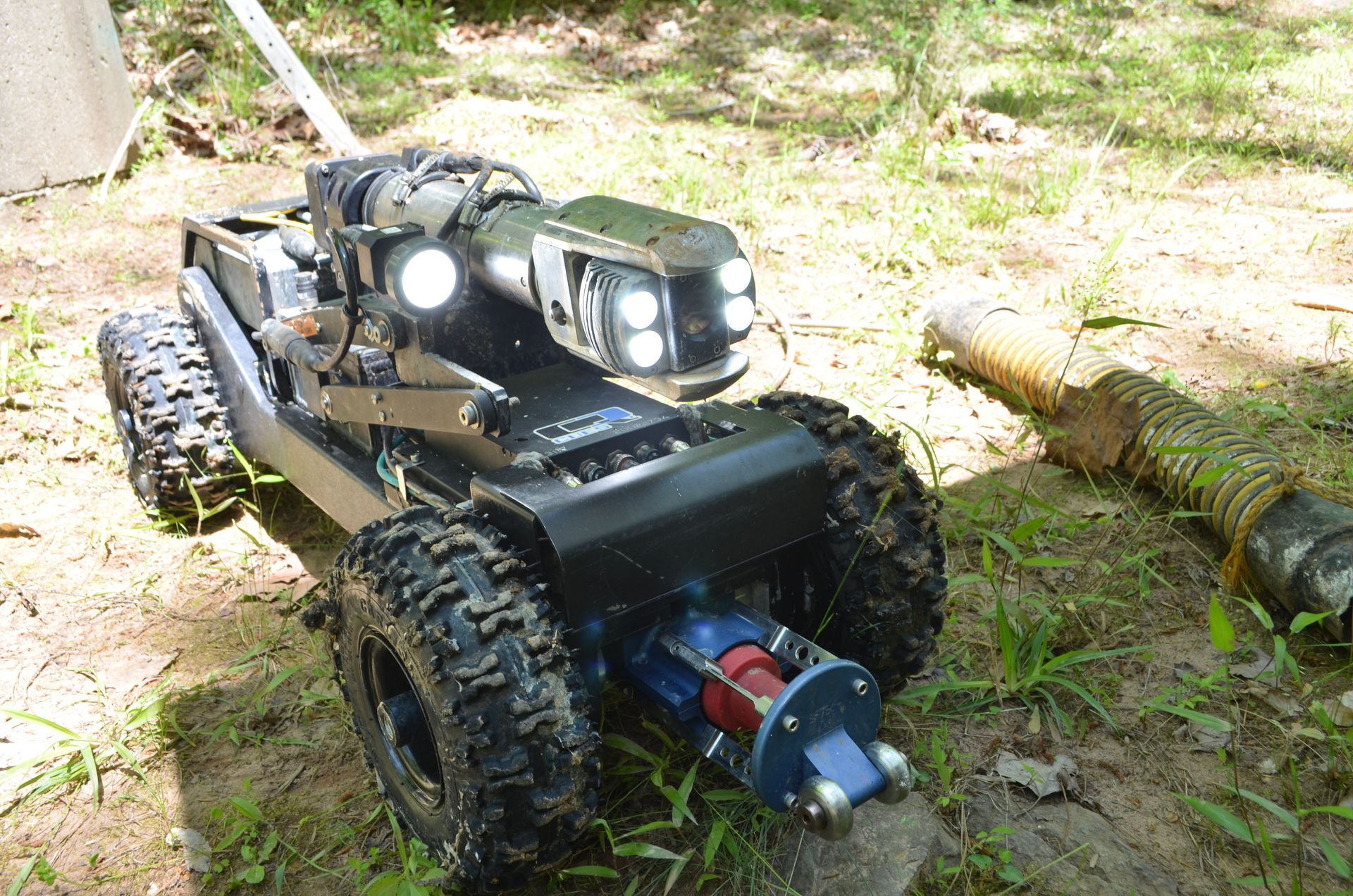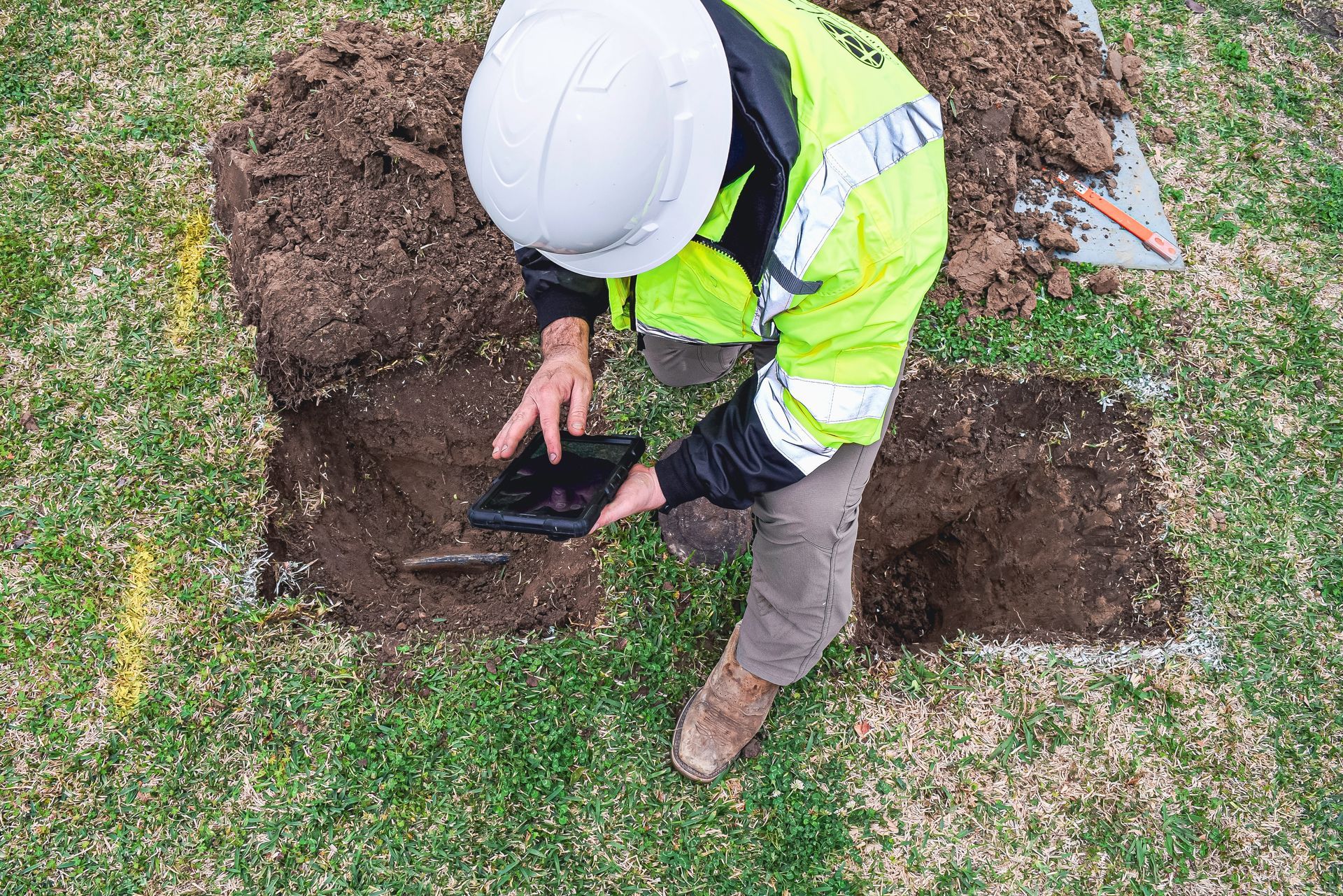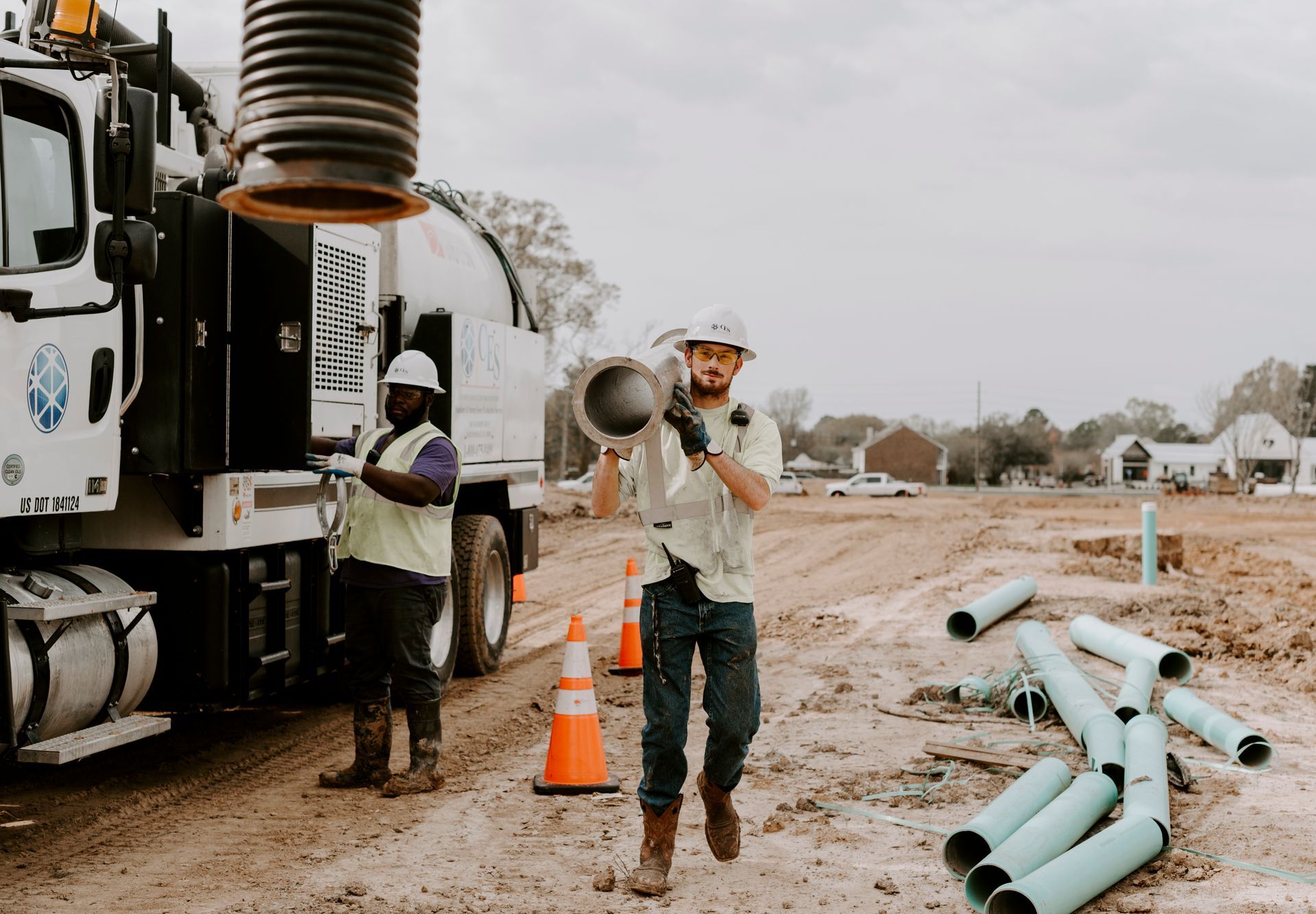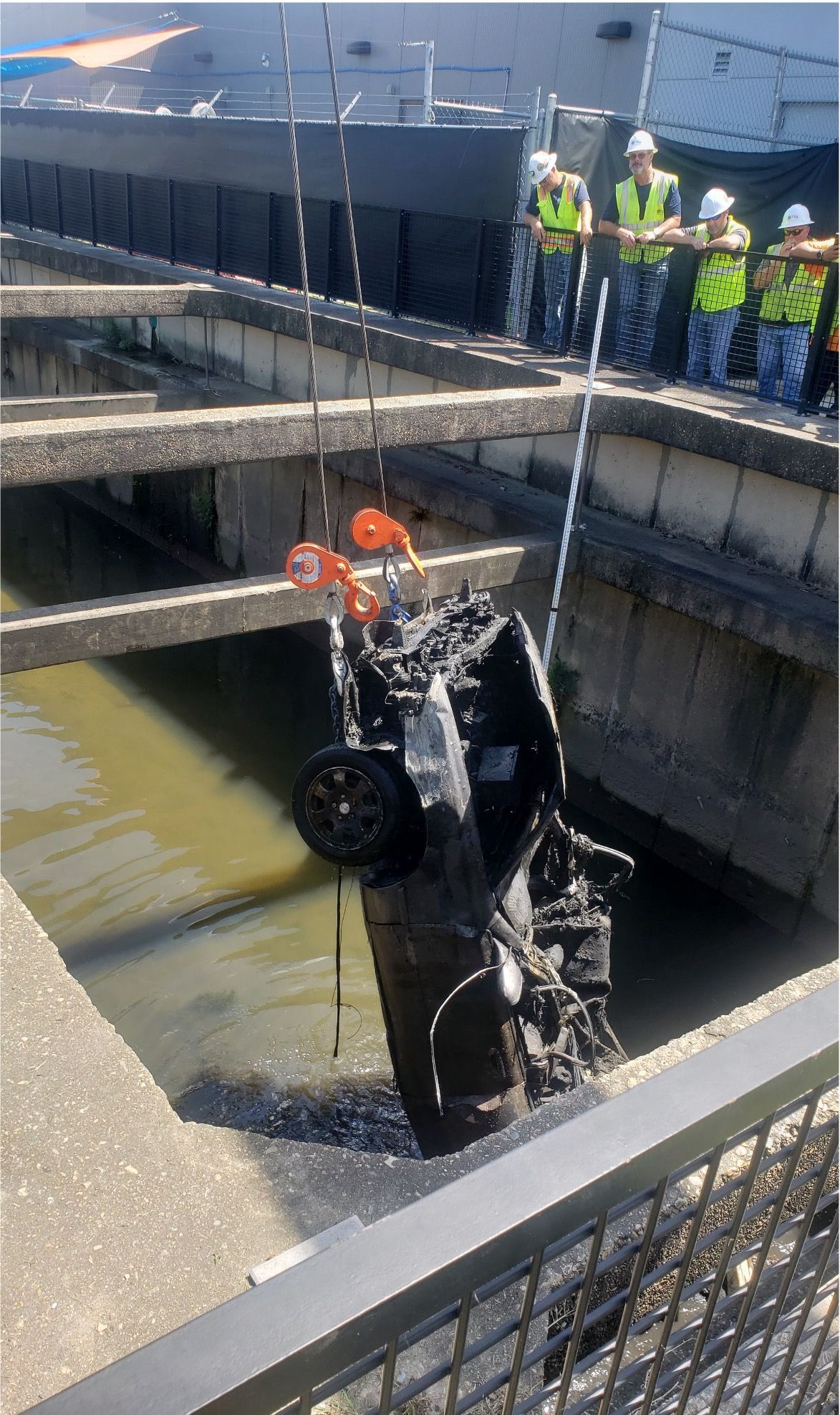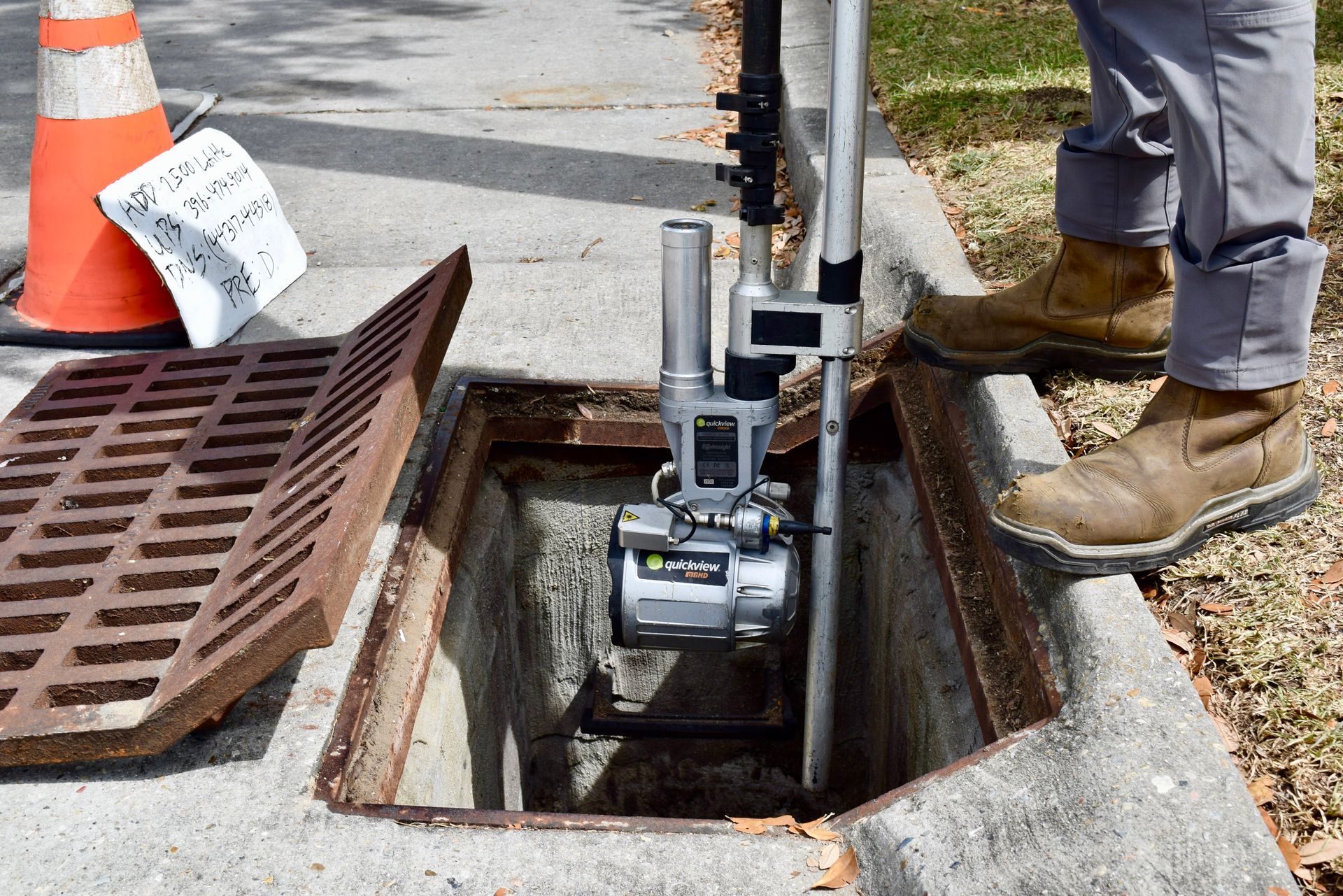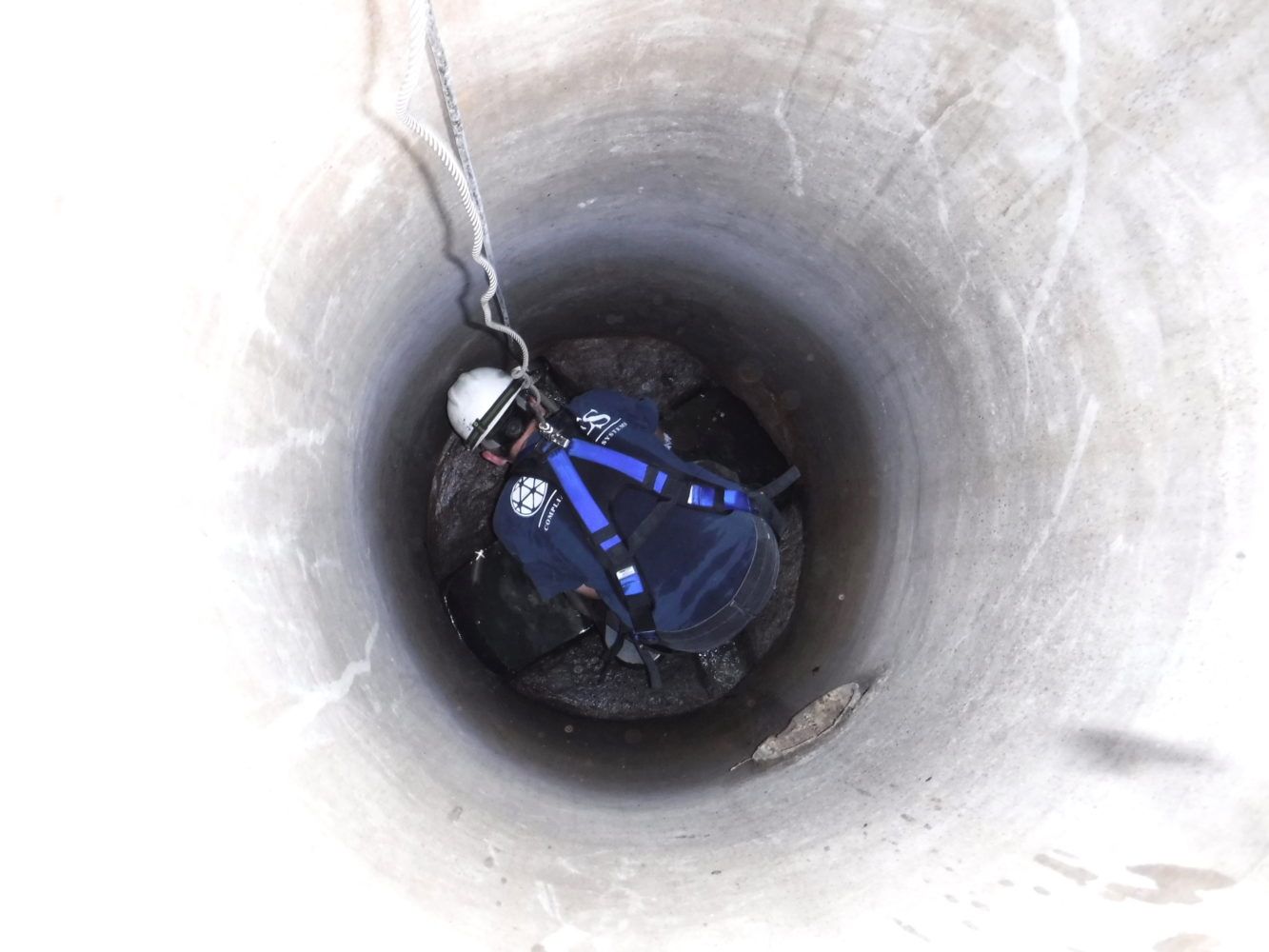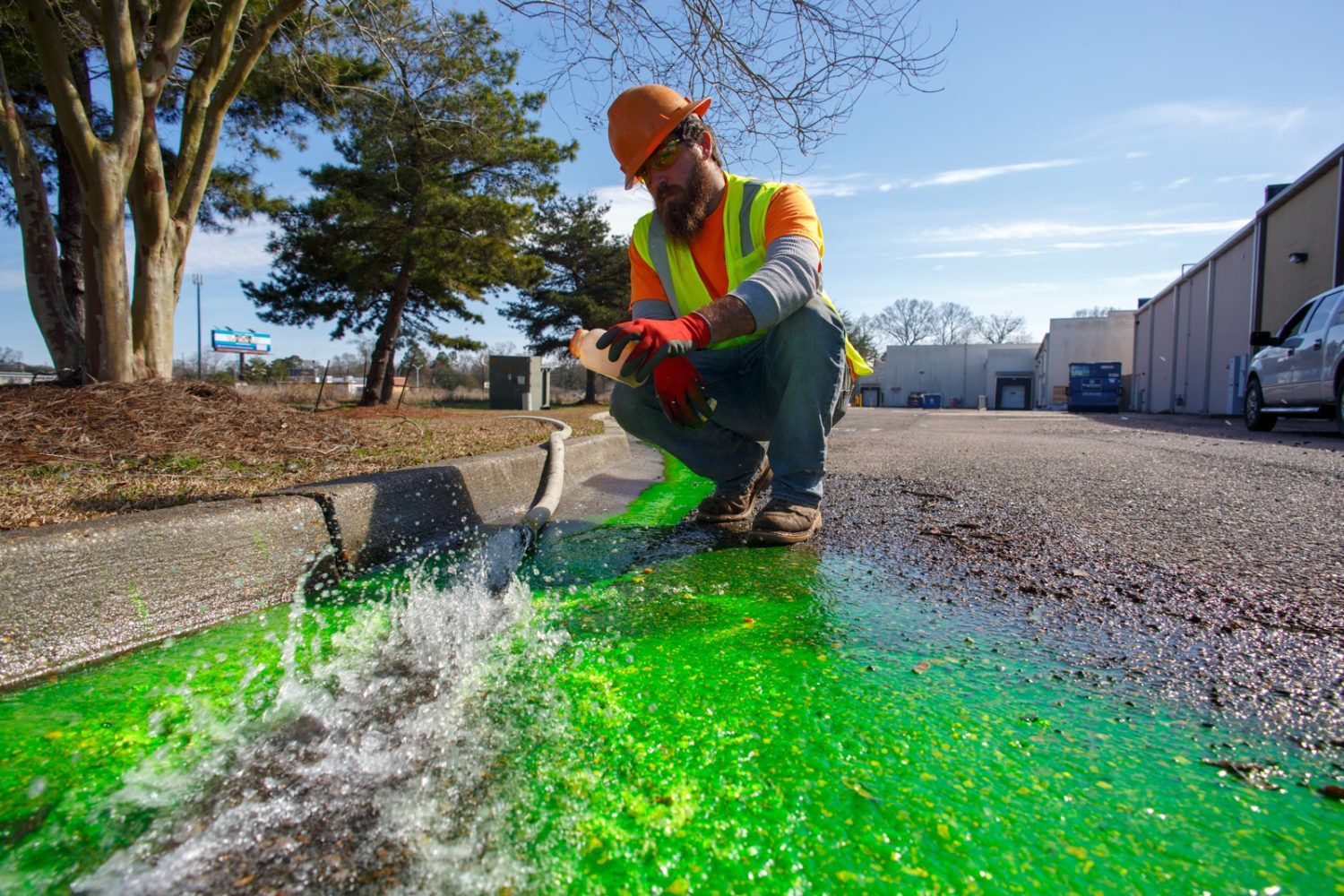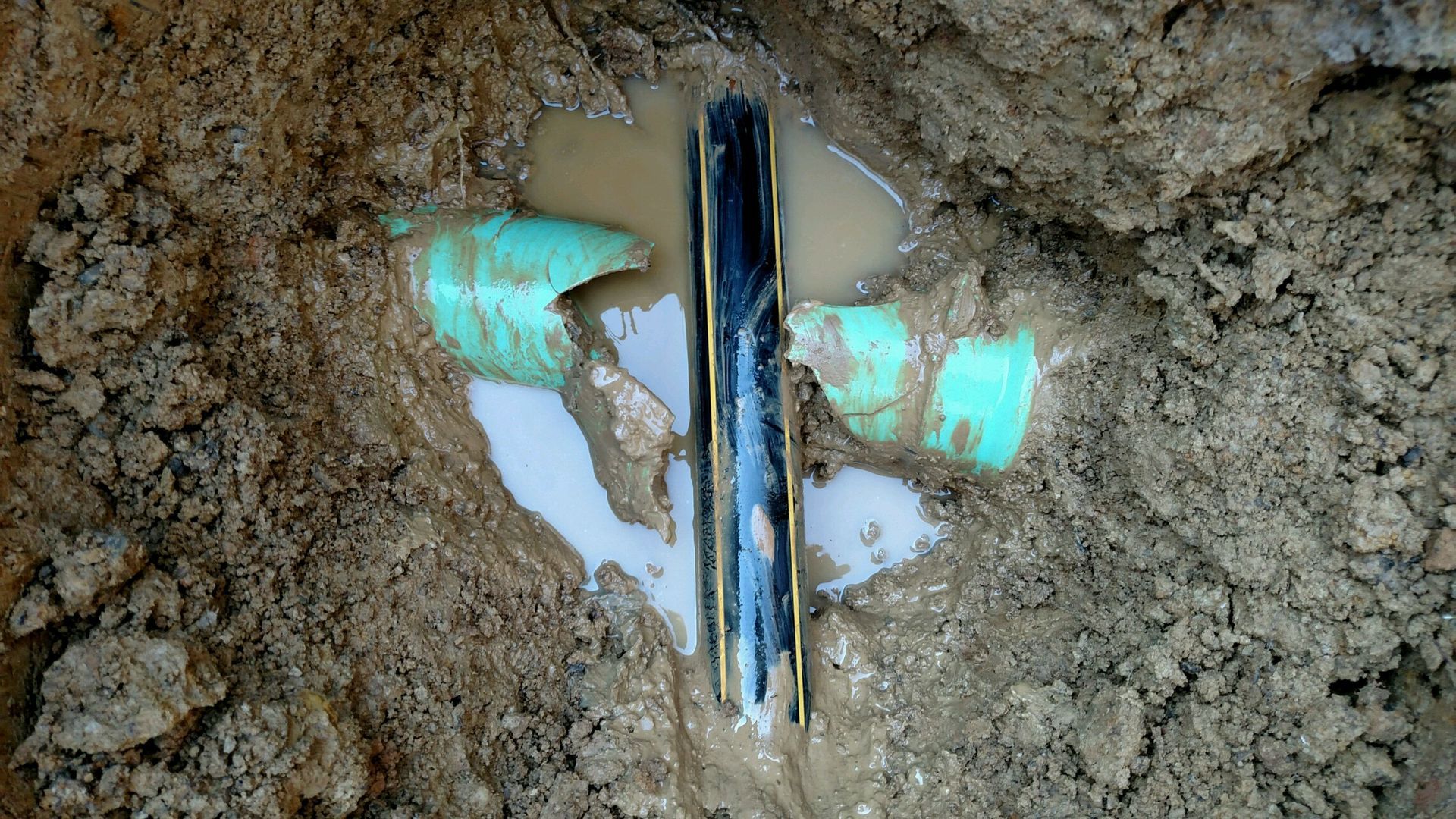Our crews start the wet well cleaning process by setting up in a safe area and preparing the site for proper cleaning. We coordinate with our clients to adjust flows into the wet well so that cleaning can be completed during low-flow periods.
Using specialized hoses, high-pressure water jets, and powerful vacuums, we dislodge and remove accumulated sludge, grease, and debris. Once the wet well is thoroughly cleaned, all collected material is safely transported to an approved disposal facility.
frequently asked questions
What is wet well cleaning and why is it important?
Wet well cleaning involves removing debris, grease, and sludge from the chamber where wastewater collects before being pumped to a treatment facility. Regular cleaning helps prevent pump clogs, system backups, and foul odors.
What equipment is used for wet well cleaning?
CES uses high-pressure water jets and industrial vacuum trucks to dislodge and remove built-up material. Specialized hoses allow us to safely reach deep or narrow wet wells without entering confined spaces.
Can wet well cleaning be done without shutting down the system?
Yes, CES coordinates with clients to perform cleaning during low-flow periods and uses bypass pumping when necessary to keep the system running smoothly throughout the process.
How often should wet wells be cleaned?
Wet well cleaning frequency depends on various factors, such as system size, flow rate, and the amount of solids in the wastewater. Many municipalities schedule cleanings quarterly or semi-annually, while high-use systems may require more frequent service.


